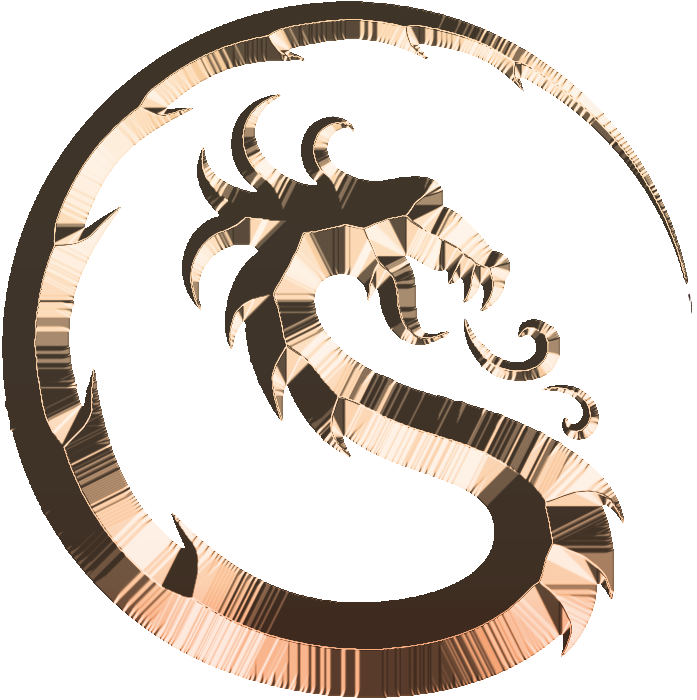I really enjoyed Richard Swan’s Empire of the Wolf series, so I was eager to read Grave Empire, which is set in the same world, albeit hundreds of years later. While it doesn’t quite match the gripping quality of the earlier trilogy, Grave Empire presents an intriguing premise and shows promise as the new series unfolds.
Swan’s original trilogy was grounded in a distinctly medieval Sova, the name of the empire common to both series. I love historically grounded medieval settings, so that trilogy was my cup of tea. Grave Empire, by contrast, is set in a gunpowder age reminiscent of the eighteenth-century Austro-Hungarian or British Empires. While I didn’t mind the shift in eras, the new cast lacks the heroic appeal of the first series. There’s no larger-than-life figure like Sir Konrad Vonvalt in Grave Empire, which makes this new entry feel less compelling by comparison.
The story follows three main characters, each with largely separate arcs. This narrative structure can work—Joe Abercrombie and George R.R. Martin have done it brilliantly—but here, only one of the three storylines truly shines. One thread follows an aristocrat clearly positioned as the series’ antagonist. Unfortunately, it’s impossible to pull for this character. Unlike some of the best villains, he has no redeeming qualities, and he is not motivated by anything the reader can empathize with. That said, his storyline appears to be central to the series’ overall plot.
The most compelling arc belongs to Renata, who seems poised to become the series’ primary protagonist. She serves as secretary to the Sovan ambassador to the Stygion mermen, a magical race similar to the wolfmen of the Kasar Kyarai introduced in Empire of the Wolf. These half-human species remind us that, despite the historical veneer, this is still a fantasy world. That said, they also seem to serve as allegorical stand-ins for real-world indigenous peoples in an age of empire and colonization.
Renata’s journey begins when two monks from an order engaged in the practice of forbidden magics arrive in Sova. The monks have lost touch with the Afterlife (sometimes called the Holy Dimensions). The Afterlife—a realm inhabited not only by the souls of the dead but also by demons and other beings worshiped in the mortal plane as gods—plays a significant role in the earlier series, so I was not surprised that it would become a focal point of Grave Empire.
The monks believe this may signal the beginning of the Great Silence, a prophesied apocalypse that threatens both the mortal and immortal planes. They seek out Renata and her ambassador-mentor in hopes of contacting the mermen, another race with ties to the Afterlife, who guard the Eye of the Sea, a gateway where magic first entered the mortal realm. The monks hope the mermen can offer insight into what is unfolding beyond the veil.
With the blessing of the Sovan empress, Renata and the ambassador set off on a diplomatic mission to the Stygion mermen. They are accompanied by the two monks, a colonel in the Sovan army, and a member of the Engineering Corps, the only organization still permitted to explore disciplines adjacent to magic, which was banned following the events of Empire of the Wolf. Their journey leads them to the wolfmen’s sacred temple in Port Talica, a city besieged by enemy forces, and ultimately to the underwater realm of the mermen. These scenes were the most captivating in the novel, and I hope Renata returns there before the series concludes.
Unlike the books in Swan’s first trilogy, Grave Empire wraps up almost nothing by the final page. However, the mystery behind the Great Silence is revealed, setting the stage for the series to come, as Renata’s role in saving the world takes shape. I’ll be reading on, hopeful that Renata evolves into the kind of endearing hero Helena became in the original trilogy. If so, this new journey may yet prove just as rewarding.

